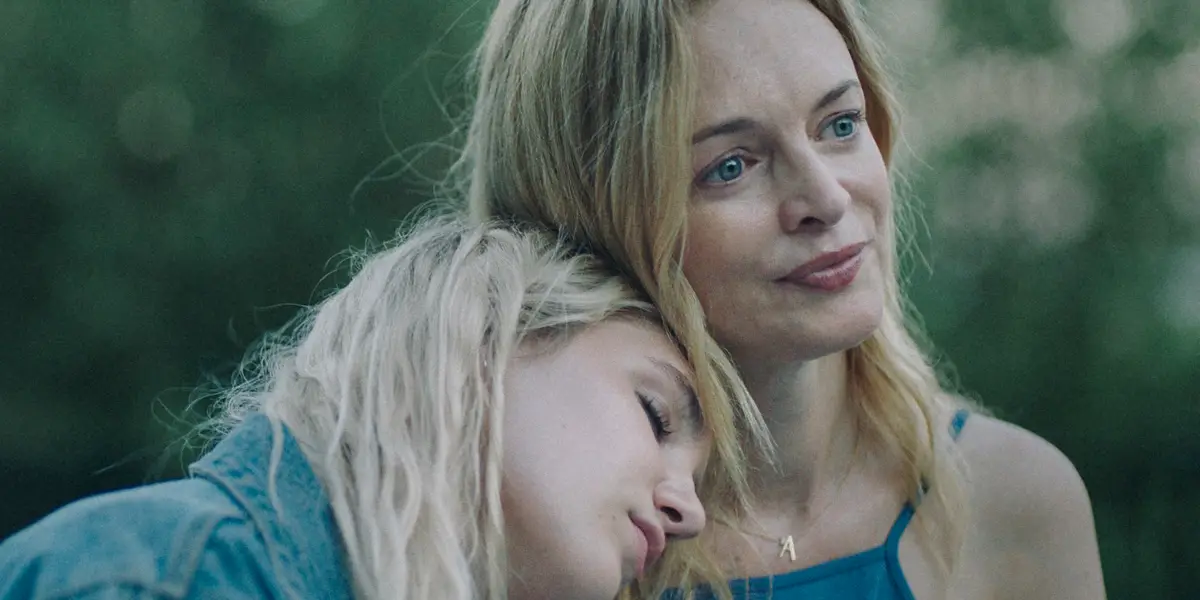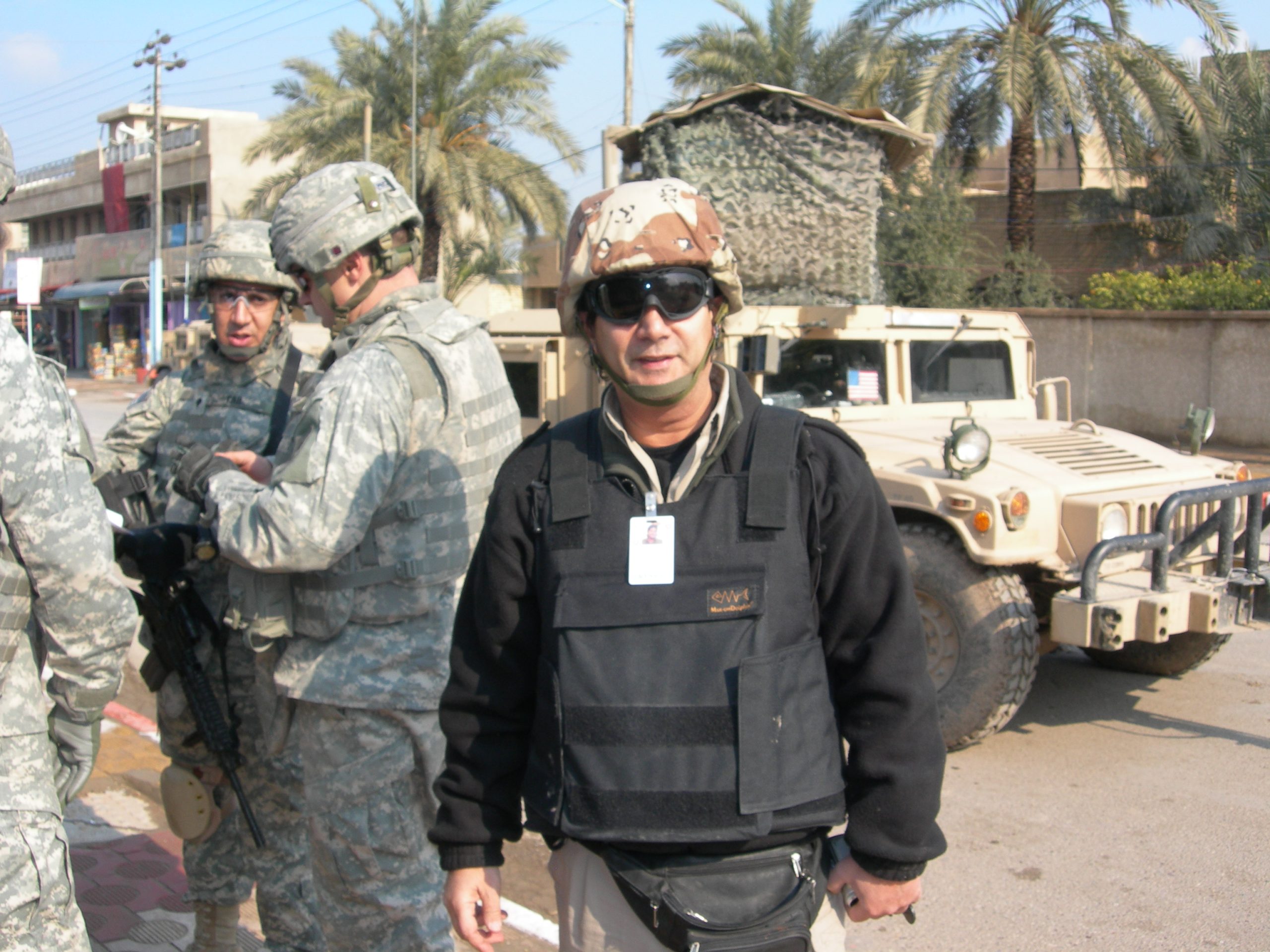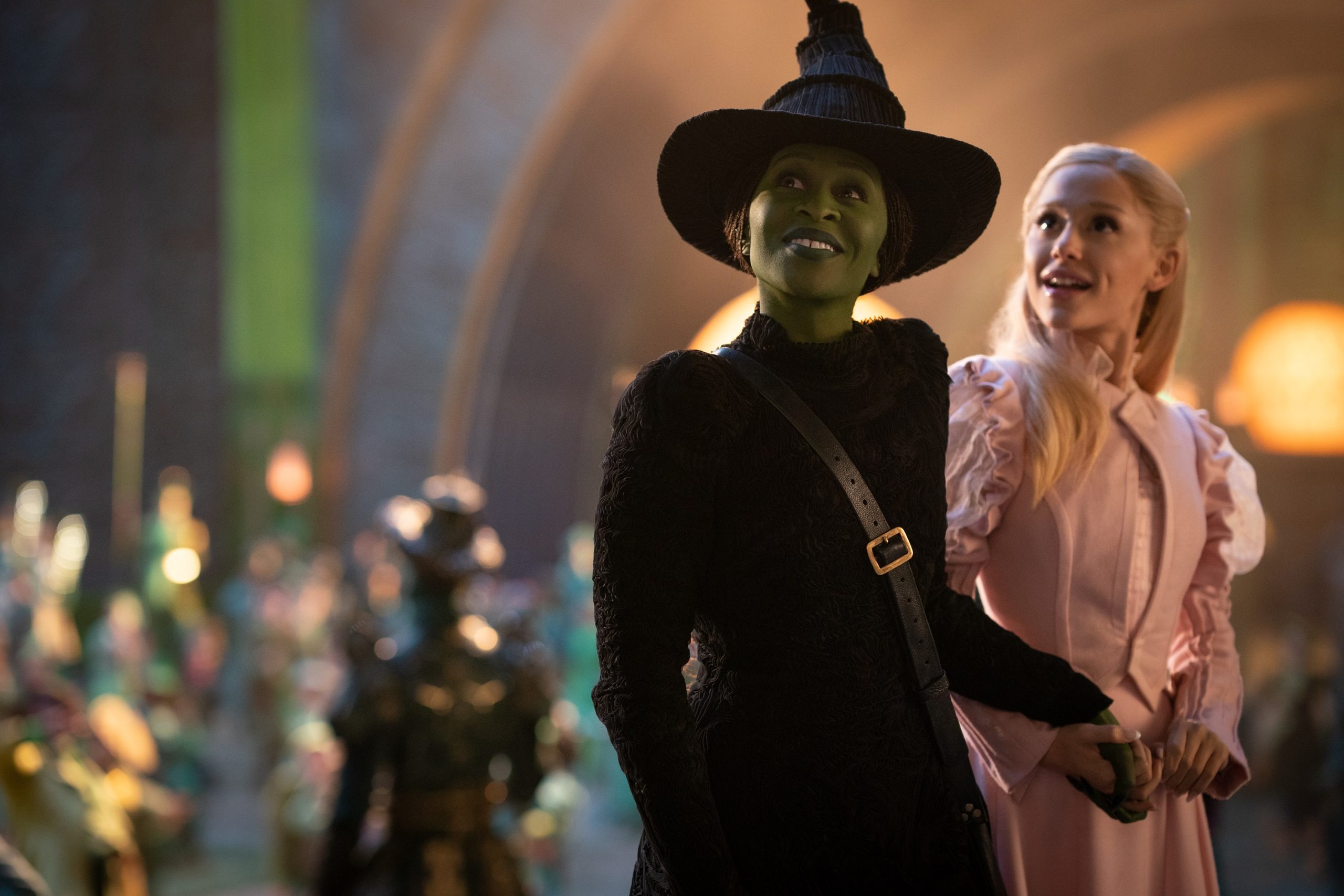
Aisling Chin-Yee joined Solzy at the Movies in a phone interview this week to discuss her new film, The Rest of Us, opening in theaters and VOD this weekend.
The film premiered during the Toronto International Film Festival in the in the Discovery program. Based on a screenplay by Alanna Francis, the film stars Heather Graham, Sophie Nélisse, Jodi Balfour, and Abigail Pniowsky.

How honored were you to premiere The Rest of Us during TIFF?
Aisling Chin-Yee: It was amazing. It was literally like the premiere that you hope your first film will ever have. That’s what it was. We were opening weekend at the Winter Garden Theatre in Toronto sold out to 1400 people. Lots of good buzz and a lot of love from the local Toronto community, too, for the movie, for the team, for all of us who made it, and also for the cast as well. People were excited to see Heather Graham in a different role than we’ve seen her before. It was really wonderful. Very happy, I have to say.
At what point in reading Alanna Francis’ screenplay did you decide that you had to direct the film?
Aisling Chin-Yee: When I first read it, I was approached by Katie Nolan, who’s one of the producers of the film and one of the producers of Babe Nation Films—her and Lindsay Tapscott. I read it actually as a friend. I’d been a producer for—at that point—12 or 13 years. Now, it’s been about 15 in 2020. She worked on a feature that I produced called Rhymes for Young Ghouls in 2013. We just stayed friends since then. She sent me the script as kind of a friendly producer—what did I think of the material. I read it and I loved it. I loved the characters. I loved the story. I loved the complexities of these relationships between these women. I told Katie and Lindsay how great it was and how wonderful it is. It’s their first feature for their company. I also just let them know that I really love it. I really connect with these characters and if they are open to considering me as a director then let me throw my hat into the ring. I it was pretty much like off the first read. That’s kind of a rare thing because I would say that most scripts are not good and this one was good from the start.
When you signed on, was the cast already on board or did that come afterwards?
Aisling Chin-Yee: When I signed on, Sophie Nélisse was already attached to play Aster. And. That was really exciting for me because Sophie is such a great actress. We’re both from Montreal and so I’ve known her since her first film, Monsieur Lazhar, which was nominated for Best Foreign Film in the Oscars that year—I think it was 2011. She’s just a great, great actress. She was 18 when we shot the movie. She’s had a great a great career for her teen-dom and childhood and everything like this. She was attached. Knowing that she was the daughter, I was like, Okay, well, we wanted to have someone exciting and interesting to play the role of Cami and knowing that I had Sophie as kind of like the base—she needs to look like Sophie’s mom.
For the other roles, we did a like a wide casting for Rachel and for Abby but for Cami, we pinpointed Heather Graham to see if she’d be interested in trying this out because, again, she was like an actress who we’ve known for a long time in different types of roles. She has this warmth about her that could really elevate like this character off the page who was a little bit standoffish, a little bit Martha Stewart in a way that if we’re going to identify with this woman and really feel her journey, she needed to also have that kind of innate charisma and warmth that Heather really, really has just exuding from her naturally. Luckily, she came on board and we got to make the movie together.
When I watched the film last year, I felt it was one of those stories that you just don’t really see: the single mother/ex-wife inviting the widowed second wife and daughter into her home. Was this something you related to?
Aisling Chin-Yee: It was. I think what was so refreshing and relieving to read this script and to see these different characters. All these women were vastly different from each other but all struggling with dealing with their grief and a lot of it like their relationships with each other and their perceptions of the other women or daughters or sisters in the film and so just in the kind of the complexities of navigating those familial relationships and the complexities of women’s relationships with each other in a way that I hadn’t seen explored in depth in a film before. That was something that I just felt an instant connection to. I felt like all of these women from Talulah, the little girl, to Cami in some capacity that I felt like I could really relate to like their struggle, shame, jealousy or grief, big time. It’s a theme that I really explore a lot in my writing and work is just the complicated feelings of grief and losing somebody. These characters had all of the nuance and complexity that I really wanted to bring out in film form.

What was the most challenging part of the production?
Aisling Chin-Yee: I was really charmed with this project because one—I didn’t really feel like I could bring something to these characters and to this story so I brought in the music and the kind of the quiet moments that I feel are often missing in independent films where we shoot so much of the dialogue and then we’re on such a tight timeframe in production so we end up just sort of covering and shooting. In this project, I didn’t really turn the camera off. We shot in all available light, we shot it all handheld and we just improvised a lot and played a lot to get those like small, quieter moments, looks, and people observing each other. I was kind of lucky with that.
I would say that in terms of the most challenging part of it, I think it’s just challenging oneself to really boil it down to the truth that is behind the relationships of these characters to one another and to themselves. That really comes in the cutting room where once I kind of had all the mold and had all the material to work with that we had so much fun on set coming up with and figuring out and being able to pivot because we were so kind of agile and a small team and we were able to kind of pivot into trying different things. We weren’t in a massive amount of locations as well. We shot in the house for like two weeks. And then we were on the road and we were shooting in a small town in northern Ontario. We kind of had the space to really play a little bit with it even though we were on a tight 20-day schedule.
When I got into the edit—I co-edited with my with another editor named Véronique Barbe—we were just like challenging ourselves to really just boil it down to the essence of what was necessary and to how we wanted to see these women, how we wanted to observe them, and how we wanted to keep the tension and the story moving and progressing, and to keep surprising the audience as well. We did a lot of different passes and we did a lot of cutting, a lot of editing, and we tried a bunch of different things. I think that was challenging and just in the fact that you have to challenge yourself to keep everyone on their toes and to keep yourself on your toes and not to kind of fall into a space of melodrama. This story could be could have been told in a soap operatic kind of way we didn’t want to do it like that. We wanted it to feel really authentic and real to how these women would actually react to being around each other.
In editing the film, how long was the initial cut?
Aisling Chin-Yee: I fine cut from the start. We basically just cut scenes as tightly as possible. We don’t do a rough assembly. We don’t do an assembly at all. We basically just cut and cut and cut and keep refining and refining and then we try things out. It was never really longer than it is now, which is 85 minutes. There was definitely thoughts and talks of making moments longer. I built in different kind of montages and moments but like but there’s not that many scenes left on the cutting room floor. There’s like two or three but just made it as tight as possible within each scene.
As far as grieving and coping, what do you want people to take away from the film?
Aisling Chin-Yee: I think the thing that I love about this film and these women and their relationships is that what kind of what brings them together as the thing that had split them apart. The relationship with this man, Craig, the husband/ex-husband/father—he’s a catalyst for this new family to be created. He’s nothing more than that, essentially. He’s not the reason behind the story. The story is these women coming together and being able to reconcile the way that they feel about themselves, about him, and about the other woman or the other sister. In that journey and in these characters growing into themselves, they create this new family. It’s really like a stronger bond between these women and these sisters—I imagine it anyway—than it was with the man who kind of brought them all together. In terms of like Heather Graham’s character, Cami, this pressure that I think women specifically feel of being perfect, being stoic, and being the full Martha Stewart package and that breaking down and that becoming something to let one’s guard down to be truly themselves and all the gritty and sometimes messy kind of ways.







